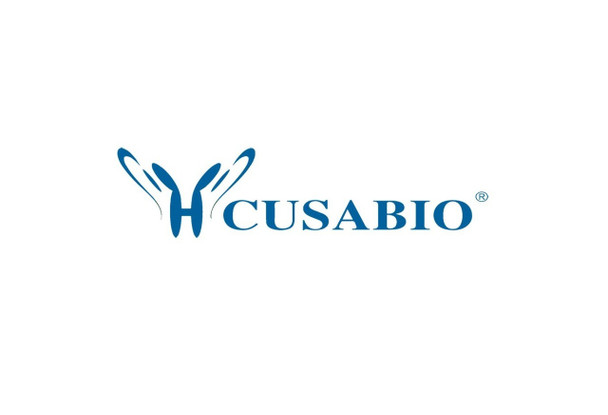Cusabio Polyclonal Antibodies
SGCD Antibody | CSB-PA835688ESR1HU
- SKU:
- CSB-PA835688ESR1HU
- Availability:
- 3 to 7 Working Days
Description
SGCD Antibody | CSB-PA835688ESR1HU | Cusabio
SGCD Antibody is Available at Gentaur Genprice with the fastest delivery.
Online Order Payment is possible or send quotation to info@gentaur.com.
Product Type: Polyclonal Antibody
Target Names: SGCD
Aliases: Delta-sarcoglycan (Delta-SG) (35 kDa dystrophin-associated glycoprotein) (35DAG), SGCD
Background: Component of the sarcoglycan complex, a subcomplex of the dystrophin-glycoprotein complex which forms a link between the F-actin cytoskeleton and the extracellular matrix.
Isotype: IgG
Conjugate: Non-conjugated
Clonality: Polyclonal
Uniport ID: Q92629
Host Species: Rabbit
Species Reactivity: Human, Mouse
Immunogen: Recombinant Human Delta-sarcoglycan protein (60-289AA)
Immunogen Species: Human
Applications: ELISA, WB, IHC
Tested Applications: ELISA, WB, IHC; Recommended dilution: WB:1:1000-1:5000, IHC:1:20-1:200
Purification Method: Antigen Affinity Purified
Dilution Ratio1: ELISA:1:2000-1:10000
Dilution Ratio2: WB:1:1000-1:5000
Dilution Ratio3: IHC:1:20-1:200
Dilution Ratio4:
Dilution Ratio5:
Dilution Ratio6:
Buffer: PBS with 0.02% sodium azide, 50% glycerol, pH7.3.
Form: Liquid
Storage: Upon receipt, store at -20°C or -80°C. Avoid repeated freeze.
Initial Research Areas: Signal Transduction
Research Areas: Developmental biology;Signal transduction













